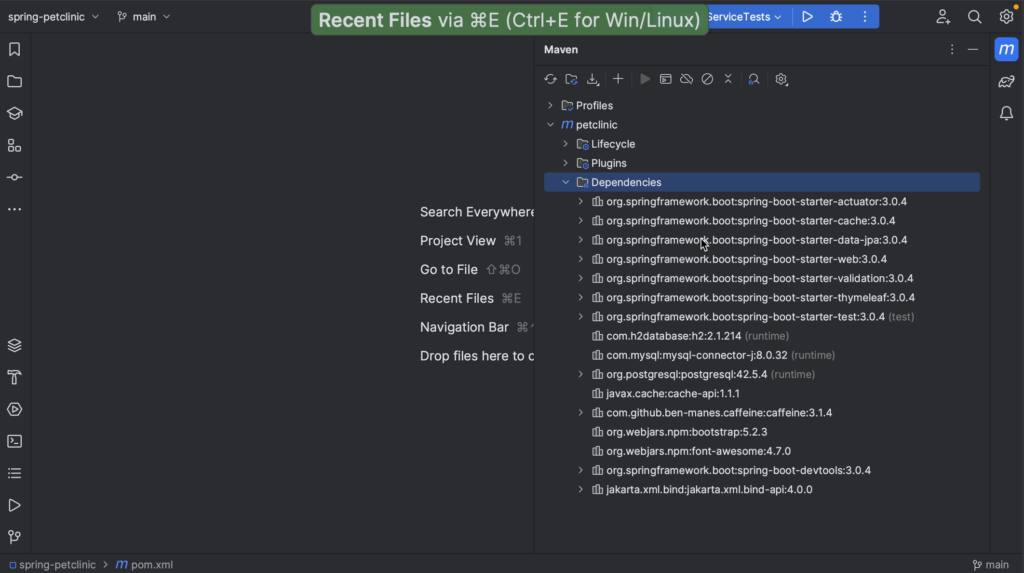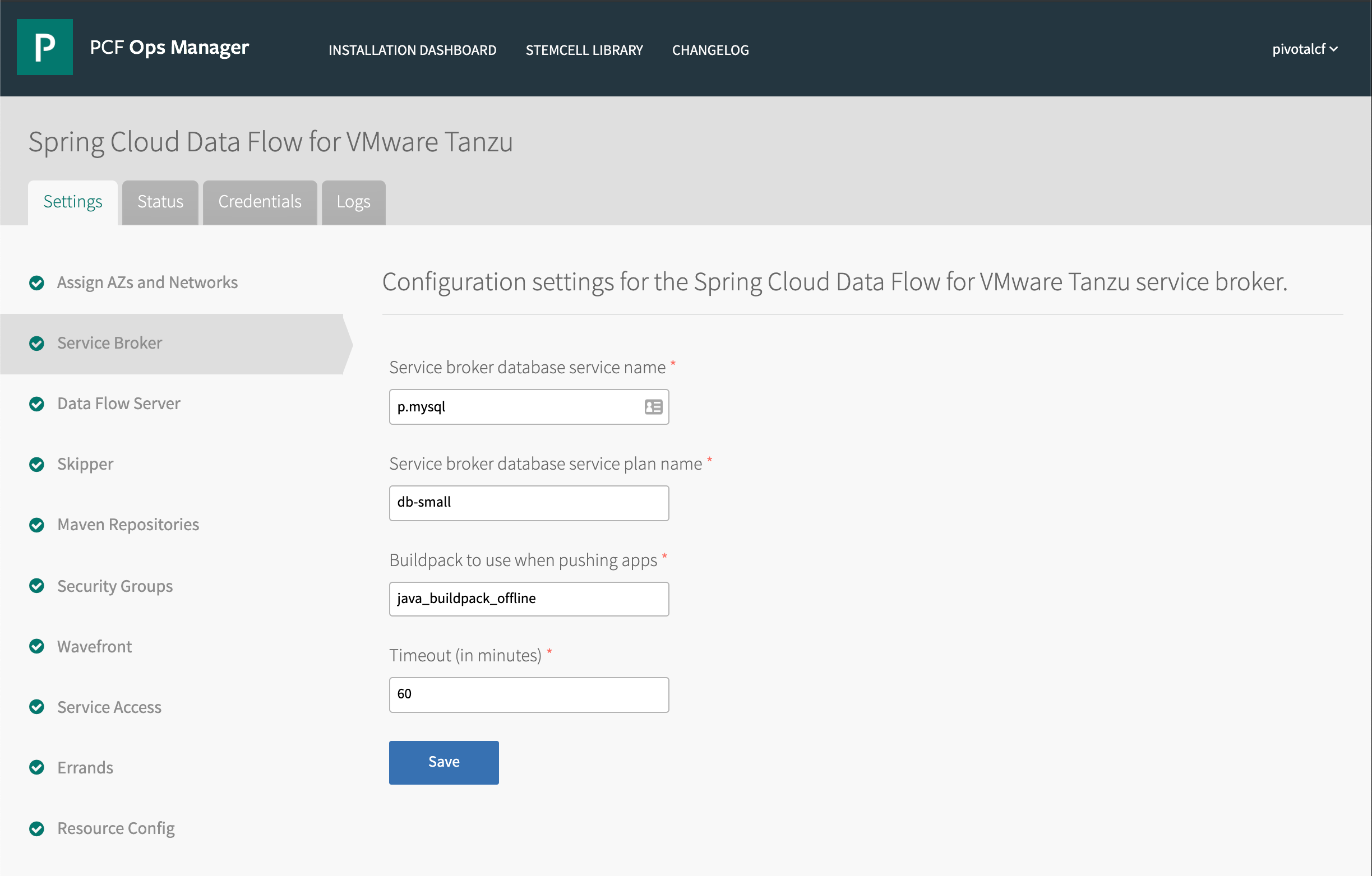Roads & PavementRoads & Pavement
Barefoot
Minimal
Low
Medium
High
Maximal
All around running shoes offer comfort and cushioning for daily runs, jogs, walks, and long mileage. They offer enough versatility for both faster and slower runs and are a great option for those who want one running shoe to do it all.
Fast run or uptempo running shoes are lightweight and responsive. They offer streamlined designs that have minimal uppers and offer a high level of energy return. These shoes are a great option for faster runs in the week or those looking for a livelier experience.
Max Cushion shoes offer premium cushioning with ample ground protection and a stable ride. These types of shoes provide abundant impact protection that softens landings while running at any pace or distance. These types of shoes are best for slower recovery runs and easy days where comfort takes priority.
Racing shoes are designed with optimal performance in mind. These types of shoes have snug-fitting uppers, energetic midsole foams, and features implemented for maximum efficiency. These types of shoes are best for runners looking to gain the ultimate advantage in races but may sacrifice some durability and comfort.
Gym Workout shoes offer a stable and versatile ride. They have a firmer underfoot feeling that provides stability for lateral movements with comfortable uppers. These types of shoes are best for trips to the gyms, cross training, casual wear, and light running. Use and Configure Amazon S3 as a Private Maven Repository
Road running shoes feature smooth outsoles that are designed for running on paved surfaces such as roads, sidewalks, and bike paths.
Designed to handle most trail runs, these shoes prioritize comfort and a smooth ride. These shoes are great for anything from smooth singletrack, park trails, and fireroads making them ideal for those who run from their doorstep on streets before hitting the trail.
These shoes are best used for hard, rugged trails such as shale, granite or sandstone where grip on smooth surfaces and underfoot protection are important.
Designed for use in muddy, soggy conditions, these shoes feature very aggressive outsoles that dig deep into soft ground for exceptional traction.
These shoes feature technical outsoles designed to grip snowy and icy trails making them ideal for winter trail running.
Cushioning level, or stack height, refers to how much shoe is between your foot and the ground. For this category, we reference the amount of cushioning below the forefoot as the heel height will be equal to or greater than the forefoot height.
Analyzing dependencies in IntelliJ IDEA Marit van Dijk
0-13mm. The Shoe generally does not have a midsole and feels like there is no cushioning. This shoe is all about feeling the ground underfoot.
14-18mm. The shoe has a thin midsole that allows for a natural running experience. Racing shoes and minimalist shoes are common here. These shoes offer a feeling of being connected to the road or trail.
19-23mm. The shoe has a slightly cushioned feel and may feature added cushioning technologies. Performance training shoes and some trail shoes are common here. These offer protection during footstrike but prioritize a lightweight, grounded experience.
24-28mm. These shoes have a stack height that fall near the middle of the spectrum.The shoes in this category are verstaile and great for all types of runs and distances.
29-34mm. The shoe has a thick midsole and ample cushioning. These shoes are highly protective and absorb more impact than the body.
35mm plus. The shoe has an extremely thick midsole and extra cushioning. The focus is on protection and soft foam underfoot with hardly any ground feel.
Neutral shoes support the foot through a normal range of arch collapse and generally do not have a built-in technology to correct movement.
Stability shoes are a great option for those who overpronate or need added support. These shoes help to limit the inward rolling motion of the ankle while running or walking and assist in guiding the foot straight through the gait cycle. Spring Cloud Data Flow tile configuration
Product Details:
2. Introduction to the Spring Framework shop, Maven dependency for org.springframework.data spring data shop, How to use Spring Data Rest in Spring Boot Example shop, Maven Dependencies Diagram The IntelliJ IDEA Blog shop, Maven Repository javatpoint shop, Spring boot 2.3.5 publish jar to local maven repository using shop, Maven dependency for org.springframework.data spring data shop, ISpring Data with Spring Boot. Introduction by Bharathy shop, Maven Repositories shop, Introduction to Spring Data JPA shop, Database Access with Spring Data JPA shop, 2.3. Use the Maven Repository Red Hat JBoss Enterprise Application shop, maven repo springboot repository org springframework boot spring shop, Maven Dependency Tree Resolving Conflicts DigitalOcean shop, Force Repository Update with Maven Baeldung shop, Spring Boot JPA Sample Maven Project With Query Methods shop, How to write a custom Spring Data Base Repository shop, Time for secure dependencies Private Maven repository for Java shop, Spring Data REST Tutorial shop, Spring Cloud Data Flow tile configuration shop, Analyzing dependencies in IntelliJ IDEA Marit van Dijk shop, Use and Configure Amazon S3 as a Private Maven Repository shop, maven Errors in pom.xml with dependencies Missing artifact shop, Javarevisited Maven JAR Artifiact Dependency Search Not Working shop, Spring Boot Connect to a JDBC database Panos Zafiropoulos shop, Creating a Spring Boot Project with Eclipse and Maven Spring shop, EWM RTC Plain Java Client Libraries and Maven rsjazz shop, 2.3. Use the Maven Repository Red Hat JBoss Enterprise Application shop, Spring Boot Integration With MongoDB as a Maven Project shop, Spring Boot Connect to a JDBC database by Panos Zafeiropoulos shop, Use the Latest Version of a Dependency in Maven Baeldung shop, Spring Boot Spring data JPA ProgrammerToday shop, Using an AWS S3 Bucket as your Maven Repository shop, GitHub spring projects spring data commons Spring Data Commons shop, Spring Boot JPA Hibernate PostgreSQL example CRUD BezKoder shop, Java Tools and Frameworks Introduction To Maven shop, Maven Repository Types and Advantage of Maven Repository shop, Simplify multiple Data Source Integration for Spring Boot Services shop, Writing dynamic SQL queries using Spring Data JPA repositories and shop, 2. Introduction to the Spring Framework shop, How to setup a local Maven repository server for artifact hosting shop, Spring Data JPA Interview Docs shop, Spring Data with Spring Boot iGreenData shop, Spring Boot Dependency Management GeeksforGeeks shop, Spring Data JPA DigitalOcean shop, maven Intellij not importing SpringData Dependency from pom.xml shop, Simple Spring Data JPA Example shop, java Maven dependencies issues in Spring Boot Stack Overflow shop, What is Spring Data REST GeeksforGeeks shop, Maven Repository Spring Spring Related Dependencies shop, Product Info:
Spring data maven repository shop.
- Increased inherent stability
- Smooth transitions
- All day comfort
Model Number: SKU#7301027





